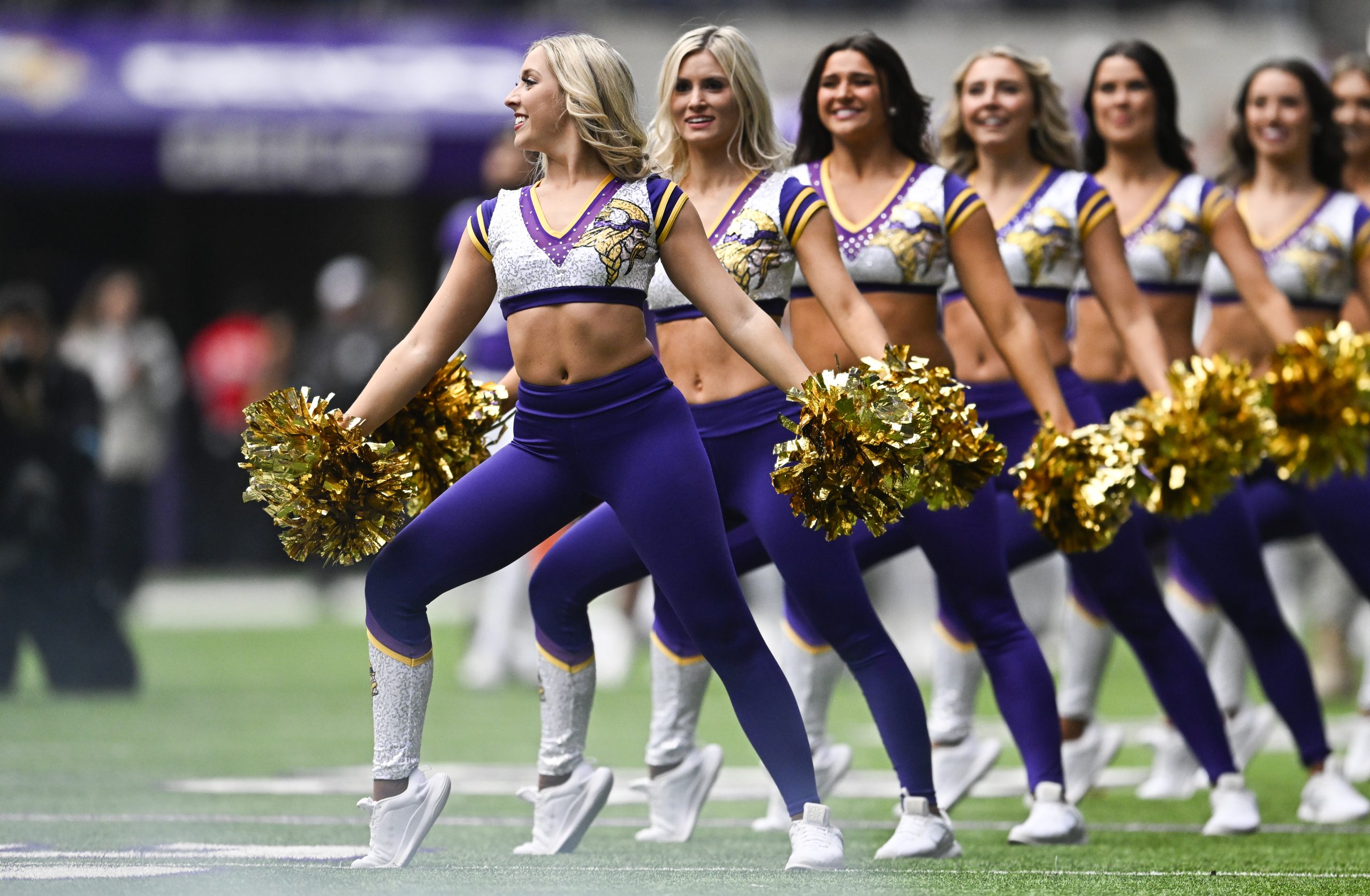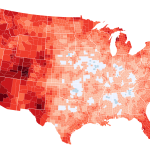A Cheerleader’s History, a Modern Controversy
The roar of the crowd, the synchronized movements, the electrifying energy – cheerleading is an iconic part of the American sporting landscape. But the image of the perfectly coiffed, uniformly smiling female cheerleader is a relatively recent invention. In reality, cheerleading’s origins are far more inclusive. According to USA Cheer, the national governing body, the very first cheerleader was a man. In 1898, a male student at the University of Minnesota spontaneously rallied the crowd, launching a tradition that, for decades, included significant male participation. Even U.S. presidents, including Ronald Reagan, boasted cheerleading experience in their college days. Male cheerleaders have been a fixture on NFL sidelines for years. So why is the addition of two men, Blaize Shiek and Louie Conn, to the Minnesota Vikings cheerleading squad in May 2024 causing such a storm?
Backlash Against Inclusion: A Social Media Firestorm
The recent controversy ignited after a social media promotional campaign featuring Shiek and Conn. The response was swift and, for many, shocking. The backlash wasn’t limited to anonymous online comments; prominent figures weighed in, including a former Minnesota Vikings player. The criticisms ranged from concerns about the “traditional” role of cheerleaders to outright disapproval of men participating. This unexpected level of outrage highlights a complex intersection of gender roles, traditional sporting expectations, and the increasingly polarized nature of public discourse in the digital age. The incident underscores how even seemingly innocuous changes can be weaponized in the ongoing culture wars.
Beyond the Pom-Poms: A Deeper Look at Gender and Sport
The Vikings’ decision to include male cheerleaders is not an isolated incident. Similar discussions are happening across various sports and entertainment venues, prompting a broader conversation about gender roles and representation in traditionally female-dominated spaces. The controversy surrounding the Vikings’ cheerleaders reflects a deeper societal struggle to redefine these roles and expectations. While some view the inclusion of men as a natural progression of the sport’s evolution, others cling to a more rigid, and arguably outdated, vision of cheerleading’s purpose and participants. The fierce reaction underscores the fragility of established norms and the ongoing tension between tradition and progress. This incident serves as a case study in how seemingly benign changes can become flashpoints in broader cultural debates. The debate also raises questions about the nature of inclusivity within professional sports and the role of social media in amplifying both support and opposition.
Conclusion: A Turning Point?
The controversy surrounding the Minnesota Vikings’ male cheerleaders highlights a broader societal struggle with evolving gender roles and expectations. While the inclusion of men in cheerleading is a natural progression considering the sport’s history, the intensity of the backlash reveals a deep-seated resistance to change. This incident serves as a stark reminder of the power of social media in shaping public opinion and the ongoing challenges in achieving true inclusivity within professional sports and beyond. The future will reveal whether this marks a turning point in the ongoing dialogue surrounding gender and representation in traditionally gendered spaces. The story of Shiek and Conn, however, is already a significant chapter in the ever-evolving narrative of cheerleading itself.
Based on materials: Vox





